Pregnancy problems are part of almost every pregnancy. Giving birth to an individual is not easy, and it comes with certain hardships. When they first find out about their pregnancy, most women are usually concerned about the pain and difficulty during childbirth. But little did they know there are still some pregnancy problems that can cause some disturbance throughout the pregnancy.

And if not adequately dealt with, it can cause severe health complications to both the mother and the baby.
Pregnancy problems are not similar in all women. Some people will face constipation issues, while others can have diarrhea. But here at this platform, we have compiled some of the most commonly found pregnancy problems with their ultimate solutions.
If you are facing any of them, the solutions will help you deal with it, or if you have just found out about your pregnancy and are looking for the common problems women usually face, it will help you take precautionary measures before the condition hits.
Most Common Problems in the First Trimester
The first trimester is the earliest age of pregnancy. It is the period that involves oogenesis (formation of organs). It starts from the first day of your last period (you are not even pregnant by then) and ends 13 weeks after.

The first trimester mostly comes with surprising pregnancy problems. Some of these problems might even help you find out that you are pregnant, while many ladies ignore it, thinking of it as a common ailment.
The pregnancy problems during the first trimester are minor and usually do not require proper medication. However, if they make you uncomfortable, you can treat them with some remedies. Let’s look at some of the most common complications during the first trimester.
1. Tender Breasts
This is one of the earliest pregnancy problems that show up. Your breasts become incredibly tender and sensitive and can navigate even the slightest temperature change. They feel full and heavier to carry. The bra you used to wear before might now feel itchy and small.
This is primarily because of the body’s triggered hormonal levels, preparing your breast to feed the baby. And they will remain tender probably throughout the whole trimester.

Solution
The solution to this pregnancy problem is to wear an airy or bigger bra. Besides this, You should prefer wearing loose clothes and soft materials that should not irritate your skin.
2. Morning Sickness
You ever saw those sitcoms that used nauseous morning sickness scenes to imply pregnancy? You might have, as it is one of the most commonly faced pregnancy problems. Some women face less morning sickness than others, but it always happens.
Reduced sugar levels and the triggered hormonal levels are the reasons behind this morning sickness. It usually shows up in the 4th to the 5th week of pregnancy and can last up to the end of the first trimester or sometimes throughout the pregnancy.
Solution
Eating fresh foods and inhaling fresh air is an appropriate way to treat morning sickness. Don’t go for fatty and cheesy foods, as they can trigger nausea.
Besides these precautionary measures, always wash your mouth with salted water after an episode of morning sickness.
Eating little salt whenever you feel nauseous is another good way to treat this pregnancy problem, but making sure not to rely on salt entirely can cause calcium loss and high blood pressure problems. Also, avoid those foods that make you feel nauseous or the ones that you dislike.
3. Diarrhea and Constipation
Diarrhea and constipation are awful pregnancy problems that can hit casually during the first trimester.
The most common reasons include excess intake of iron-rich foods or supplements that can help in oogenesis, but it also causes diarrhea or constipation. Other reasons might be sudden diet changes or a change in hormones. And sometimes, diarrhea can be just a result of food poisoning.

Solution
The ultimate solution to these situations is to adopt a complementary diet. If you face diarrhea, drink tons of water to prevent dehydration, but if it’s constipation, eat fiber-rich foods.
But if the situations prolong for more than 4-5 days, then it is suggested that you should consult your doctor.
4. Painful Urination
Frequent and painful urination is another pregnancy problem that hits mainly during the first trimester. In this condition, you might have a frequent urge to pee and also experience a burning sensation when you do so.
This is a sign of a urinary tract infection called “cystitis‘‘ which is another common pregnancy ailment. It usually occurs due to womb implantation and sudden changes in the uterus. And if not adequately treated or taken seriously, it can harm kidneys and even lead to premature births.
Solution
Consult with your gynecologist; he/she will prescribe some antibiotics to help treat the ailment.
Besides antibiotics, keep your vaginal hygiene at its best. Never forget to clear up your vaginal discharges; it might boost the action of UTIs.
5. Fatigue
Continuous fatigue throughout the day makes the first trimester even more difficult. This is not a major or serious pregnancy problem, but it is one of the most disturbing factors. Your energy levels usually remain dropped throughout the day, making you irritated.
This is because of the fact that your body supplies most of its nutrients and glucose to the womb for performing oogenesis, which ultimately leaves only a bit of energy for your own body. The triggered hormonal changes also have a role in this condition; eventually, you feel irritated, emotional, and tired.

Solution
Although feeling fatigued and extremely tired is not a severe pregnancy problem, it is undoubtedly disturbing. The following are some of the solutions that you can try out to deal with it.
- Take frequent naps.
- Maintain a relaxed, quiet, and soothing environment while sleeping.
- Drink refreshing fruit juices.
- Cut back on caffeine.
- Keep yourself busy.
- Exercise regularly.
6. Bleeding
About 20 to 30% of women face this pregnancy problem. Red spots are visible on the panties, and it smells awful.
This pregnancy problem is a one-time ailment that appears when the embryo implants into the uterus.
But in some situations, the bleeding goes on and appears more than just a spot. Women may also experience period-like cramps and contractions, and sometimes this may indicate a miscarriage or the initiation of an ectopic pregnancy. Ectopic pregnancy is the implantation of a fertilized embryo outside the uterus, mainly in the fallopian tube.
Solution
If the bleeding appears in spots, you will not need any medication. Just make sure to remove them instantly and sanitize the clothes. You can use a pad for hygiene purposes as well. But never use a tampon during pregnancy as it can transmit germs and bacteria to the uterus and may even cause UTIs.
But if the bleeding is more than spots, then visit the doctor immediately. It might be a sign of ectopic pregnancy or a miscarriage. Ectopic pregnancies need urgent medical attention, while miscarriage shortly describes pregnancy loss.
You should prevent lifting weights, eating unhealthy foods and alcohol, and engaging in extreme sports during pregnancy, as these are the leading factors that promote miscarriage events.
7. Discharges
This is again one of the most common pregnancy problems. You might experience a transparent to milky white and sometimes a greenish discharge from your vagina.
This discharge is initialized by the boosted blood flow and the risen hormone levels during the oogenesis.
Solution
Usually, the vagina’s discharge is not a matter of concern, and all you need is to maintain hygienic conditions. Wear a pad for this purpose.
But if this discharge has an awful odor, it is a matter of concern. It indicates that you might have contracted any STD; therefore, consult a doctor if you face pregnancy problems.
8. Mood Swings
Mood swings might not be a pregnancy problem for you, but it is undoubtedly one for others. Your emotions continuously change, and you might sometimes feel too happy and sometimes too sad. Mood swings generally occur due to continuous changes in hormonal levels.

Solution
The solution to this pregnancy problem is moral support from your partner or your close ones, whom you can open up to about the situations that made sudden mood swings happen.
Pregnancy Problems in the Second Trimester
The second trimester of the pregnancy starts after the 13th week of gestation and continues until the 26th week. This trimester is also known as the ‘honeymoon period of pregnancy, as it is the most comfortable term with a few pregnancy problems. The skin glows, you feel at your best, and the miscarriage risks also fade away to low levels. Still, there are some little pregnancy problems that a few women experience during this trimester.
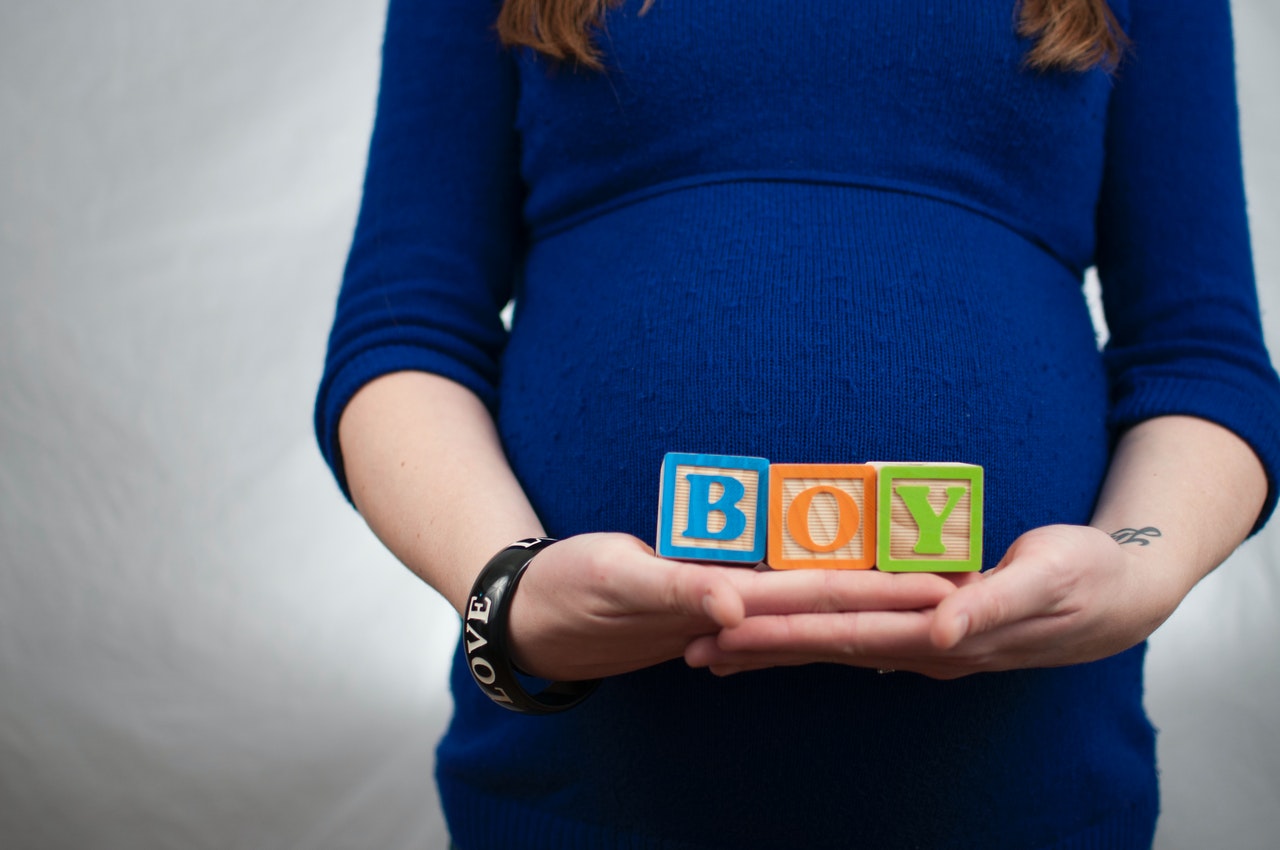
1. Weight gain and Backache
After the second trimester’s initialization, the women’s weight suddenly rises. And it results in frequent back pains as most of your weight is in the belly area against the backbone.
Solution
Weight gain is not a pregnancy problem; it is supposed to happen, and if it grows much, you should be happy that your baby is healthy. But still, some weight-conscious women stress this factor. Then you should seek a psychiatrist or talk out with your partner.
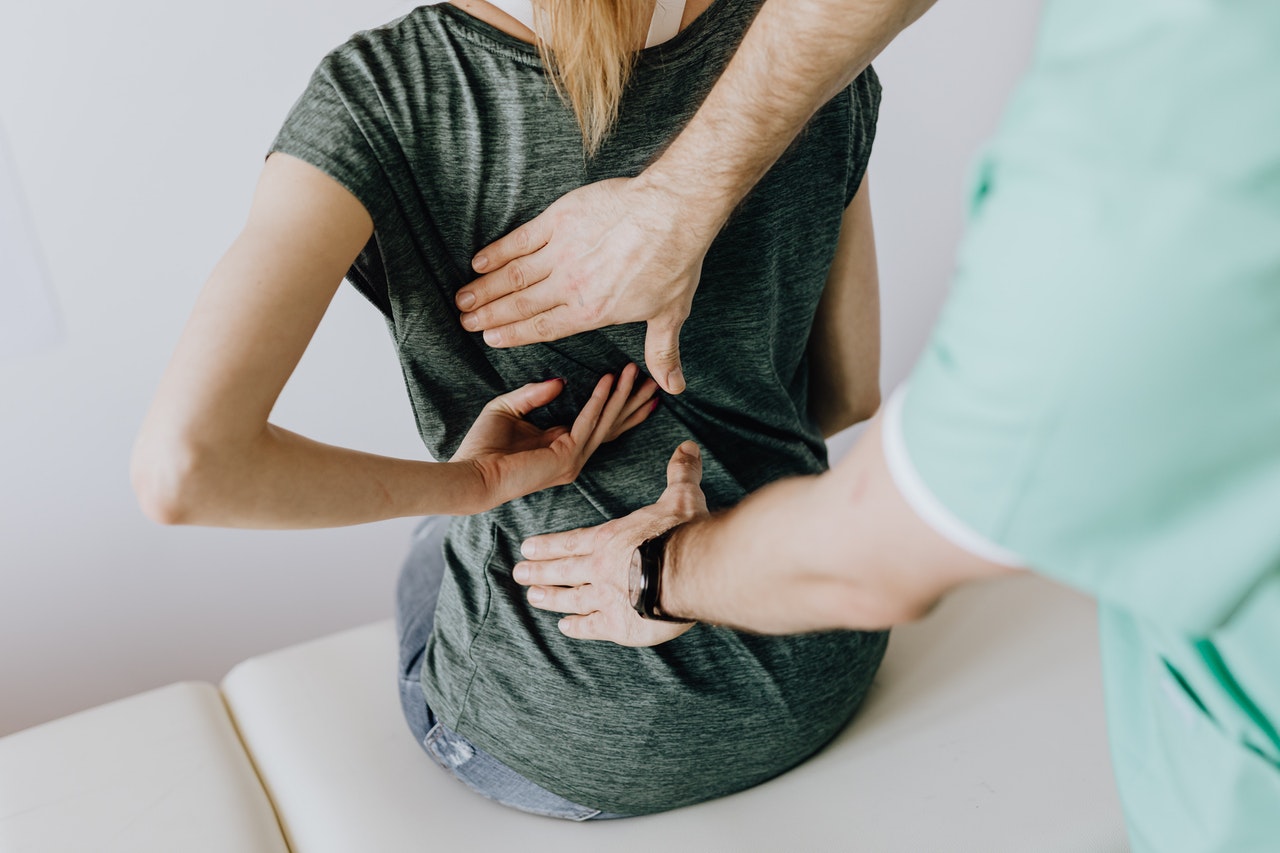
And as far as the backaches are concerned, you can consider the following treatments.
- Massages.
- Perform relieving exercises and yoga.
- Lift things slowly.
- Keep a support pill between your bent knees while sleeping.
- Don’t walk fast or indulge in heavy pursuits.
- Wear flat but comfortable shoes.
2. Preterm Labor
Going into pregnancy during the end days of the second trimester or before the 38th week is called ‘Preterm labor.’ Babies born due to preterm labor can have deficiencies; they can have issues with their senses and even be retarded as their average growth within the womb is hindered.
The most common causes of preterm labor are:
- Long-term urinary tract infections.
- Active or passive smoking during pregnancy.
- Drug or alcohol use.
- Preeclampsia.
- Diabetes.
- Kidney problems.
- Or other chronic conditions.
If you have faced preterm labor before, the chances of having another one are potentially high.
Solution
You can avoid the causes that can lead to preterm labor, but if you have started experiencing the signs, wait as long as possible because, according to research, every 3 out of 10 cases of premature contractions stops on its own.
Consult your doctor if you see vaginal bleeding for more than 10-15 minutes; he/she can prescribe you medications to delay the preterm labor.
3. Preeclampsia
Preeclampsia is usually a pregnancy problem in the third trimester, but some women can also experience it in the second trimester.
In this condition, the amniotic sac surrounding and protecting the baby breaks, and the amniotic fluid flows. It can infect the baby and the other body organs as well. This bag is supposed to break during labor, but it can become a significant pregnancy problem when it happens this early.

Preeclampsia mainly occurs due to hypertension and excess protein discharge from the body. It can cause preterm labor and lead to the baby’s premature birth. The baby might also have an infection, or some of its organs can get harmed. Besides harming the baby, it can also infect the kidneys and similar organs.
Solution
Have regular blood pressure check-ups, eat lots of lean proteins during the second trimester, don’t forget to take your prescribed medicines and supplements, and regularly visit your doctor.
Preeclampsia’s most common symptoms involve headache, pain on the right side of the stomach, and blurry vision. Go to a doctor immediately if you experience any of it.
If not adequately treated, it turns into an alarming pregnancy problem, i.e., eclampsia. In this condition, the mother can go into a coma or become a threat to both the child’s and the mother’s lives.
4. Cervical Insufficiency
This pregnancy problem is another reason for premature birth. In this condition, the cervix opens/dilates anywhere from the 20th week of the pregnancy to the second trimester’s end, leading to an early delivery. This may happen due to the cervix’s enhanced delicateness, and it cannot bear the pressure summoned by the uterus.
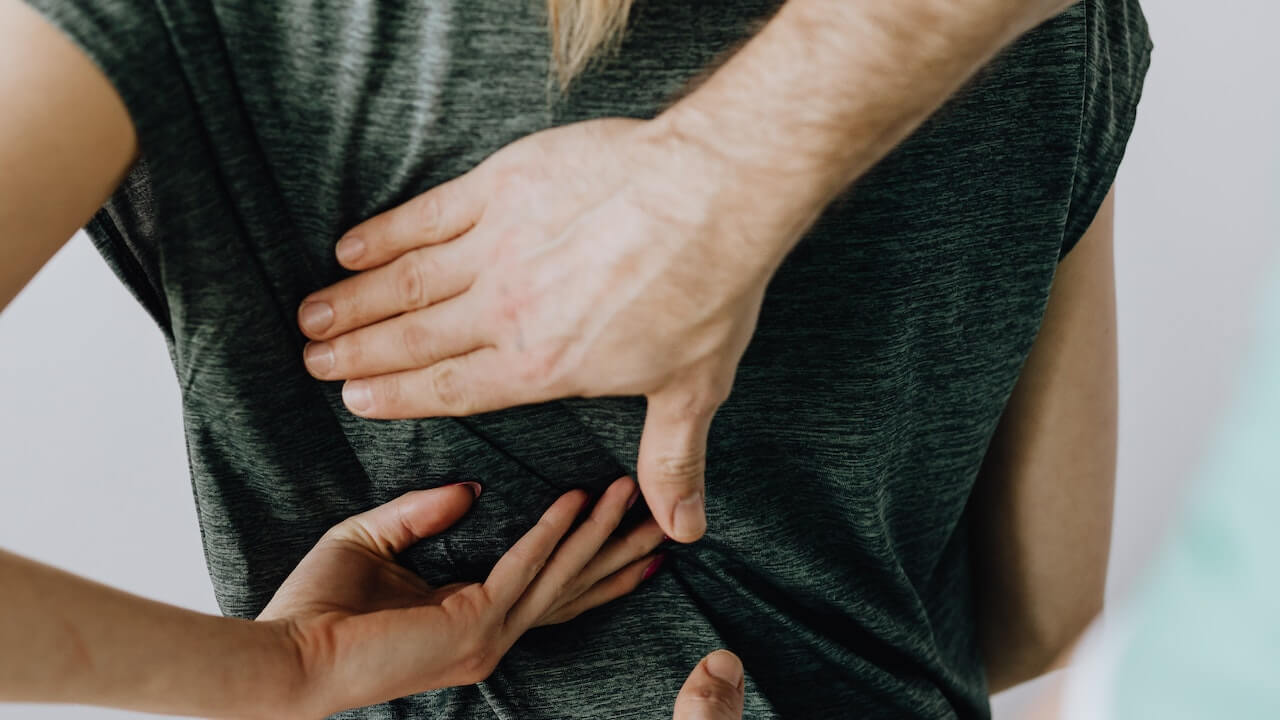
Sometimes the cervix opens at just the 20th week when the baby is too premature to withstand outside the womb. This can ultimately lead to the death of the child.
Solution
Visit your doctor regularly and tell him/her if you feel any weight in the cervix area. Eat lots of proteins to strengthen the cervix and take progesterone supplements; it will help retain the pregnancy up to the end.
5. Bleeding Gums
Bleeding gums is the most common pregnancy problem during the second trimester. It occurs mainly due to the excess blood flow to the gums, which makes them more sensitive.
Solution
You can follow the following instructions to prevent this second-trimester pregnancy problem.
- Don’t bite on fastly and chew slowly.
- Brush your teeth slowly.
- Be gentle while flossing.
- Prevent eating too many raw foods.
- Use toothpaste that treats swollen and bleeding gums.
- Rinse your mouth with salted lukewarm water in the morning daily.
6. Nosebleeds
Nosebleeds are another frequently found pregnancy problem mainly observed during the second trimester.
This is due to hormonal changes and increased blood flow within the vessels. Sometimes so much pressure develops at the vessels that they burst, which is the reason behind nose bleeding, which is quite common during the second trimester.
Solution
Don’t panic; relax, and sit down. Start pitching the soft upper part of your nose three times in 10 seconds and repeat it for 2-3 minutes. Try to breathe as much as possible through the mouth during this period. It will prevent the blood from entering the mouth.
But if the bleeding continues for more than 8-10 minutes, then instantly consult your doctor.
7. Heartburn
Heartburn is one of the most reported pregnancy problems. This condition is often called ‘Indigestion.’ The most common reasons for this pregnancy problem are listed below.
- Due to continuous hormonal changes.
- Triggered secretion of progesterone hormone.
- The growing size of the baby against the stomach.
Heartburn is also a part of first-trimester pregnancy problems, but it usually speeds up after the second trimester starts.
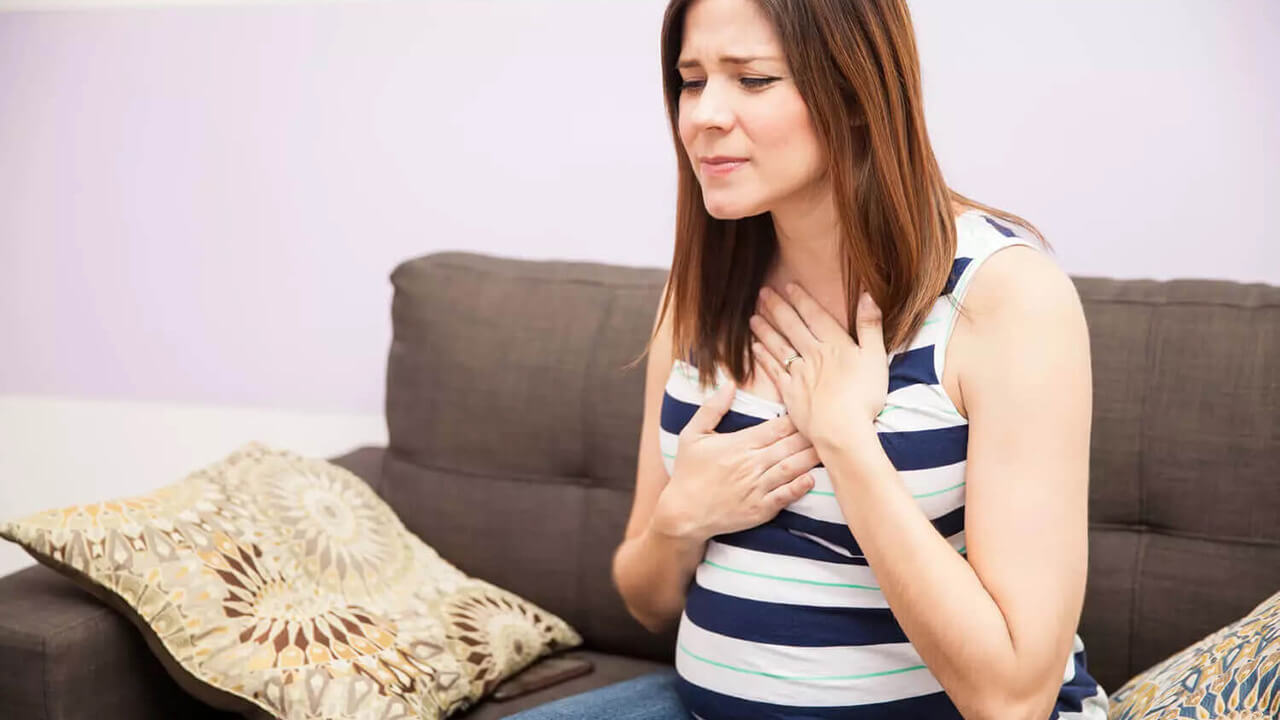
Solution
You can consider multiple anti-acids as a treatment for this pregnancy problem. But never take it before asking your doctor. No medicine should be taken without consulting a doctor during pregnancy.
You can also make some lifestyle changes to lower the condition. Eat fresh food and try lemonades; they are healthy and refreshing, and they will help prevent frequent heartburns.
8. Leg Cramps
Leg cramps are supposed to occur during pregnancy, which initiates in the second trimester. This pregnancy problem is not a serious one but indeed a painful one.
It is due to the change in blood circulation and the weight the baby puts on your nerves. The sudden weight increase and calcium deficiency are the reasons behind this heartburn pregnancy problem.
Solution
The following is a list of instructions that you can follow to reduce leg cramps during pregnancy.
- Proper medicated footwear.
- Regular exercise and yoga.
- Intake of Calcium and magnesium supplements.
- Regular stretching.
- Drink a lot of water.
- Walk slowly.
Pregnancy Problems in Third Trimester
The third trimester is the final stage of pregnancy and starts at the 28th week of pregnancy and lasts up to the end of the pregnancy. Pregnancy can last up to a maximum of 40 weeks.

Like the other two trimesters, this one also carries some pregnancy problems. Let’s have a look at them.
1. Breast Pain
The third trimester is when the breast starts initializing the final stages of breastfeeding. The hormonal changes in the breast are at their best. The breast grows more significant than your average size and usually remains sore. This soreness also results in breast pain.
Whenever your breasts move, you can feel their tenderness characterized by a particular sensation of pain. Women with smaller breasts are prone to more pain than bigger ones.
Solution
To treat this pregnancy problem, you can try wearing a sports bra. A sports bra will help you keep the breast in place, and thus, the pain will be reduced.
But if this option does not seem satisfying, prefer wearing larger bras than you used to. Too tight or smaller bras can promote pain.
2. Back Aches and Cramps
Your weight has approached extreme levels during the third trimester, thanks to the baby’s finished maturity. And the significant proportion of this weight resides in your belly area; this imbalance in weight distribution can pressure other body areas, resulting in frequent cramps and backaches.
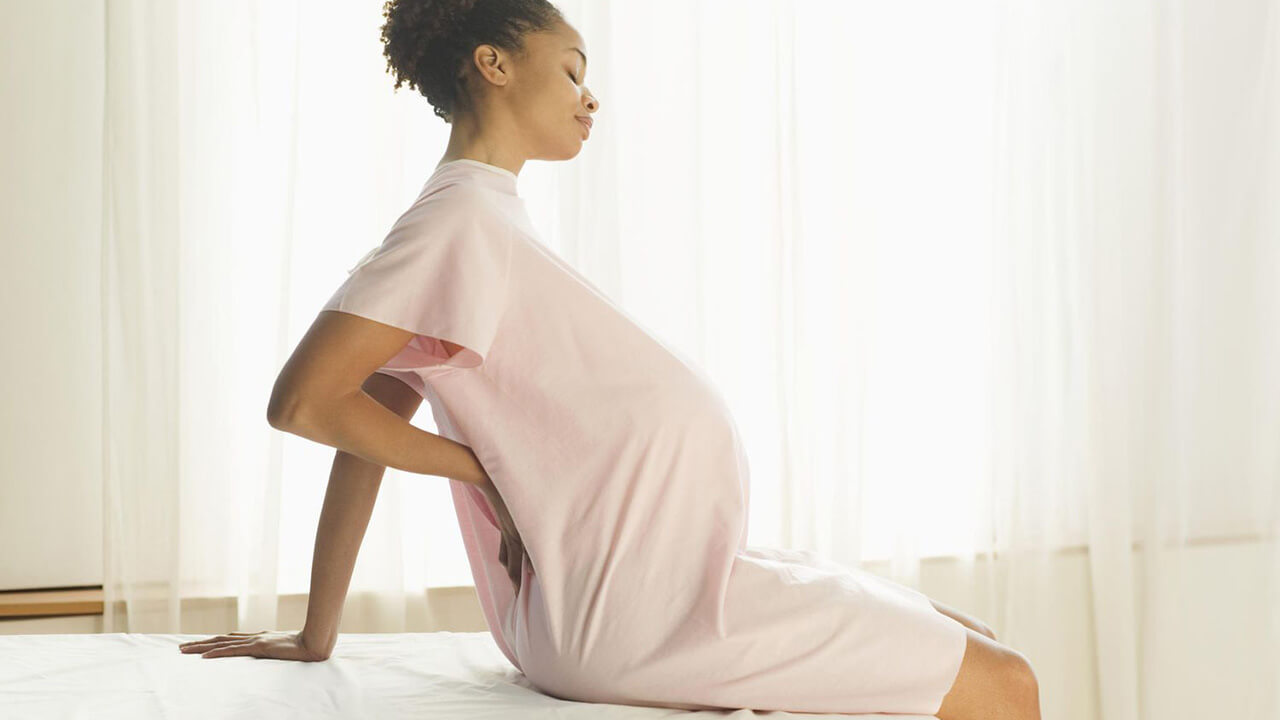
Solution
The treatments suggested for this third-trimester pregnancy problem are as follows.
- Buy chair support for you and use them whenever you sit.
- Get an oil massage.
- Wear medicated flat footwear.
- Wear loose clothes.
- Get proper sleep.
- Indulge in light exercises.
- Stretch a bit before going to bed.
Make sure not to indulge in fast-paced or heavy exercises as they can cause an imbalance that should be avoided at all costs.
4. Placenta Previa
This is one of those pregnancy problems that might be so common, but they are characterized as alarming if it happens.
Usually, the placenta is delivered during labor, after the child is born. But some women might have placenta previa in which the placenta comes first to the cervix instead of the baby. The placenta blocks the passageway to the cervix; thus, the baby might face difficulty coming out during labor. Besides this difficulty, a lot of blood loss is observed during delivery; and this can be life-threatening for both the baby and the mother.
This Placenta Previa might come to the cervix during labor or sometimes in the third trimester. Some of the most common causes of having Placenta Previa are:
- If you had a cesarean before, the chances of having Placenta Previa are higher.
- If you had uterine surgeries in the past.
- Active and passive smoking.
- Harsh and frequent movements or indulging in heavy exercise.
- If your age is 35 or older.
Solution
To treat this pregnancy problem, make sure that you move and stroll. Be careful while making every move. And if you had a cesarean in the past, then limiting the activities is the best option. Don’t involve in heavy exercises or do heavy weightlifting.
Other precautions involve quitting smoking and alcohol consumption throughout the pregnancy.
But if you have developed this condition. Then restrict your activities as much as possible and take bed rest. Consult your doctor and take the prescribed medicines regularly. There are intravenous fluids and tocolytic medications that help during such situations. After being diagnosed with Placenta Previa, a cesarean is done during labor in most cases.
5. Braxton Hicks Contractions
This is another pregnancy problem that most women face during the third trimester. Women might feel slight contractions or tightness in the lower abdomen. It usually happens after physical activity or having intercourse. These contractions might get stronger as your delivery date approaches.
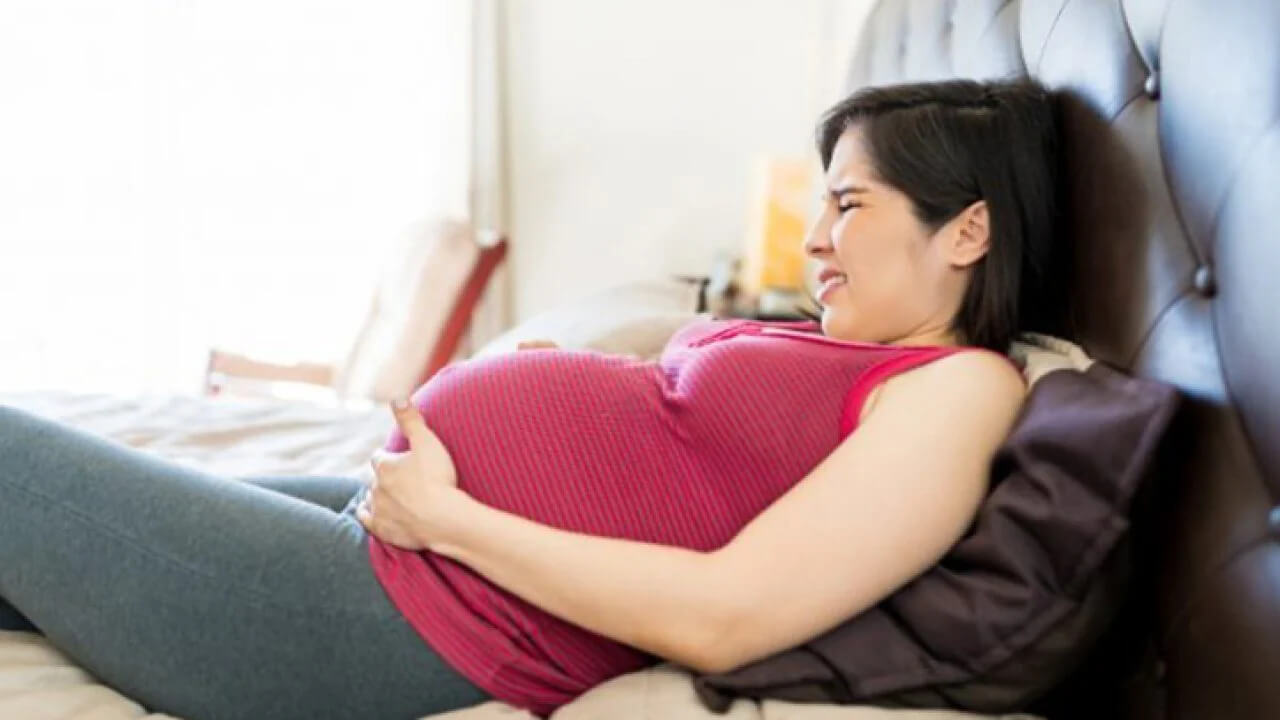
Solution
Massage and prescribed medications are best for dealing with Braxton hicks contractions.
These were some of the most common pregnancy problems that most women experience. Taking precautionary measures is always right, and I hope this article has provided you with some related stuff.
Besides the pregnancy problems mentioned above, the chances of having Preeclampsia or Preterm labor are also present.
If you found this article informative regarding pregnancy problems, then let us know in the comment section. You can contact us as well for article-related queries. We would love to help you.


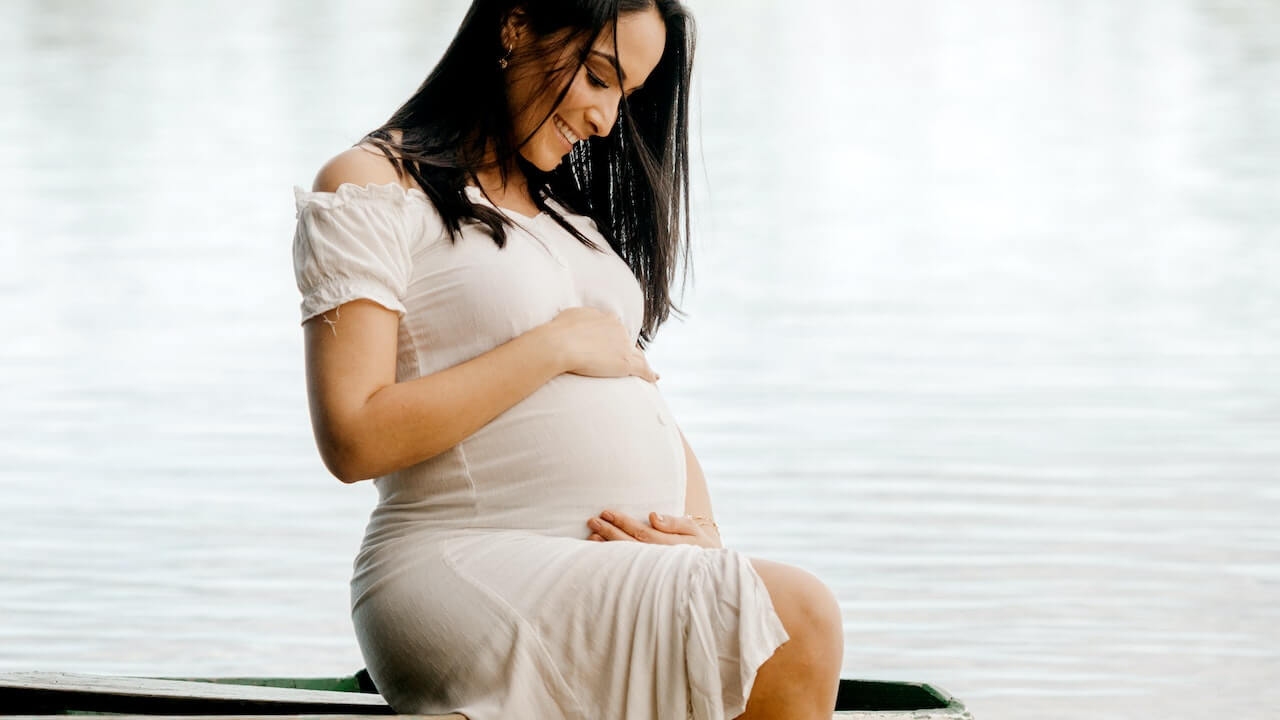



[…] we all know, during pregnancy, women feel a lot of changes in the self. And a cough can be from a lot of reasons. But there is no […]